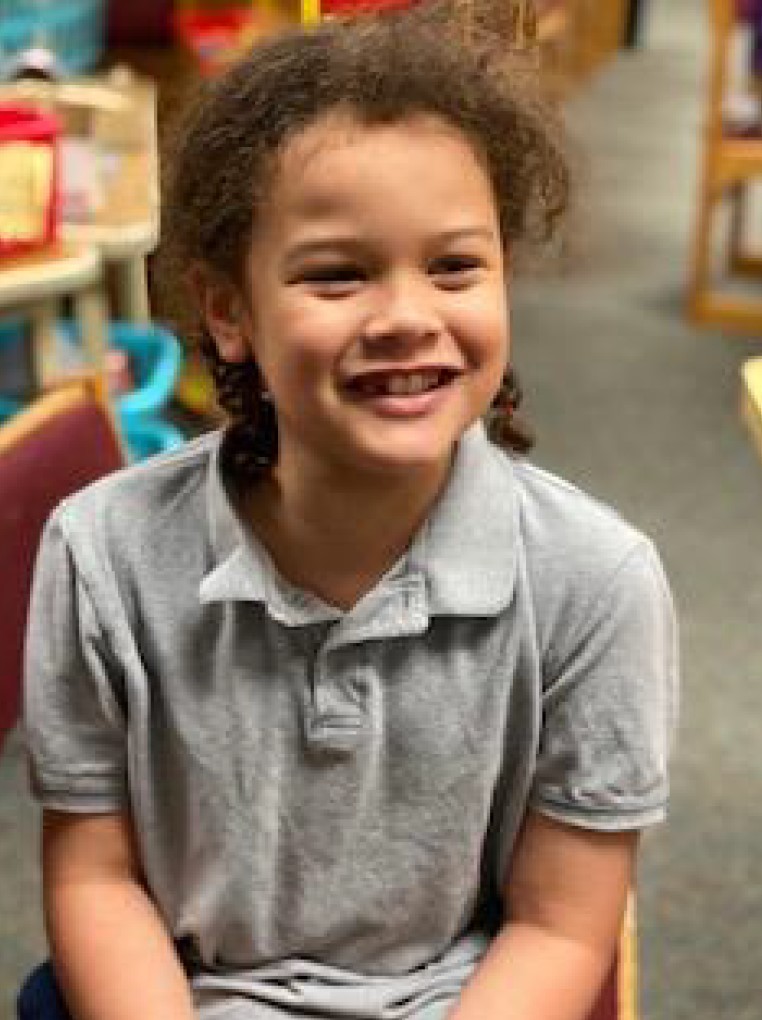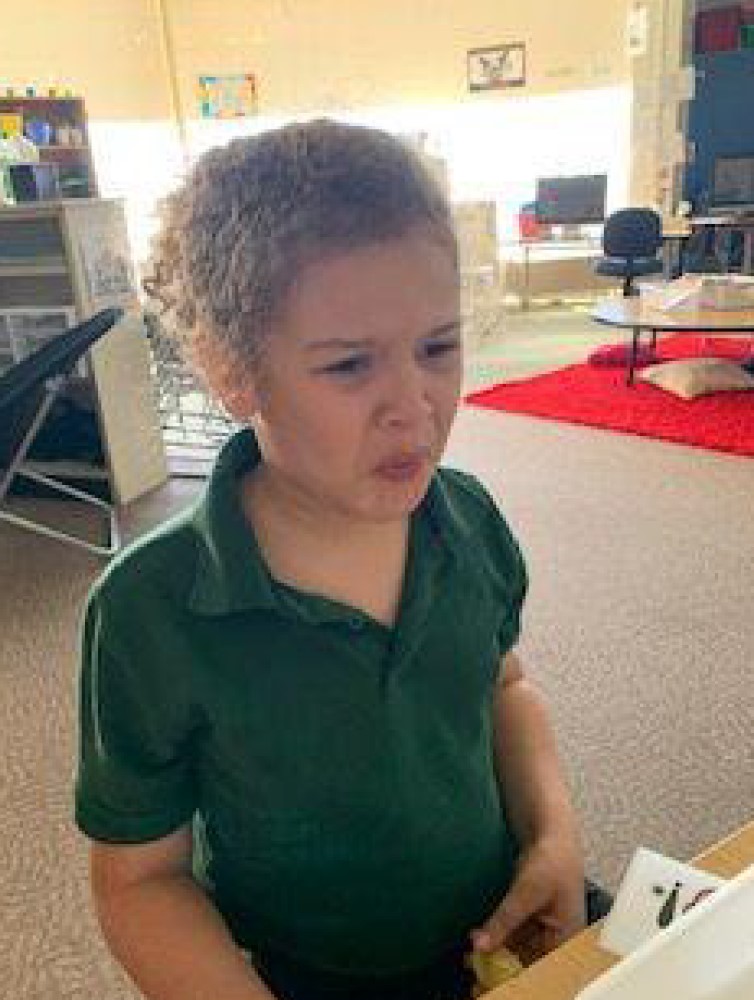Oregon Trail taught me how fun and frustrating it would be to travel in the 1800s, Floppy Disks taught me how to transfer data from computer to computer, Moon Shoes were so neat, Gak Splat was a great game that I played with my brother, Trolls were one of my favorite toys, Nintendo 64 was ultimately better than PlayStation but made our thumbs sore, I learned that Carmen Sandigo was possible to catch, Mavis Beacon taught me how to type, but my peers taught me American Sign Language.
My peers taught me another language, although they never were in my classroom. Instead, I was a peer that had the opportunity to visit the "hearing impaired classroom" now referred to as “deaf/hard of hearing or DHH classroom”. I would spend the morning with about five other students that used ASL and/or Spoken English to communicate. They had a dedicated teacher of the deaf with a dual license in speech-language pathology and instructional assistants in the room. I was a peer model in their classroom. I would participate in their morning meeting time, practice vocabulary, etc.
One morning I was with a peer in the class play grocery store learning about shopping and grocery item vocabulary and money. The student I was with was upset due to communication barriers, he used ASL and wore hearing aids. I remember signing with him and all of a sudden it seemed that he started yelling and running around the room. I remember thinking “oh no! I upset him today!” I jumped up to let the teacher know what was occurring and he started to tell the teacher that he was so happy and excited. I remember thinking “what? What is he saying?”
He was shouting that I was signing to him fully in ASL. He was excited that one of his peers was signing full sentences to him. I was communicating with him in a peer setting like kids typically do. However, he hadn’t experienced that until fifth grade.
I am not sure where he is today. But that memory is something I think of often when I talk to school districts, educators, families about universal design and the power of peers being with their peers. My peers changed and shaped my life and my career choice. My peers belonged in my fifth-grade classroom so they could change and shape every peer's life, not just the one peer model in their room.
What types of programs are you seeing in your school district to ensure all students are with their peers? If you have a program, research or tools to share consider putting in a proposal for the Access to Education State Conference! We would love to hear your story! Submit your proposal by May 14th!
PATINS can help your staff and school teams with professional development in UDL and AEM. Join over 14 school districts next year with The AEMing for Achievement Grant in building your district’s UDL and AEM policy and procedures to ensure all students have access to grade-level curriculum and their peers! The grant application is open to apply now!




